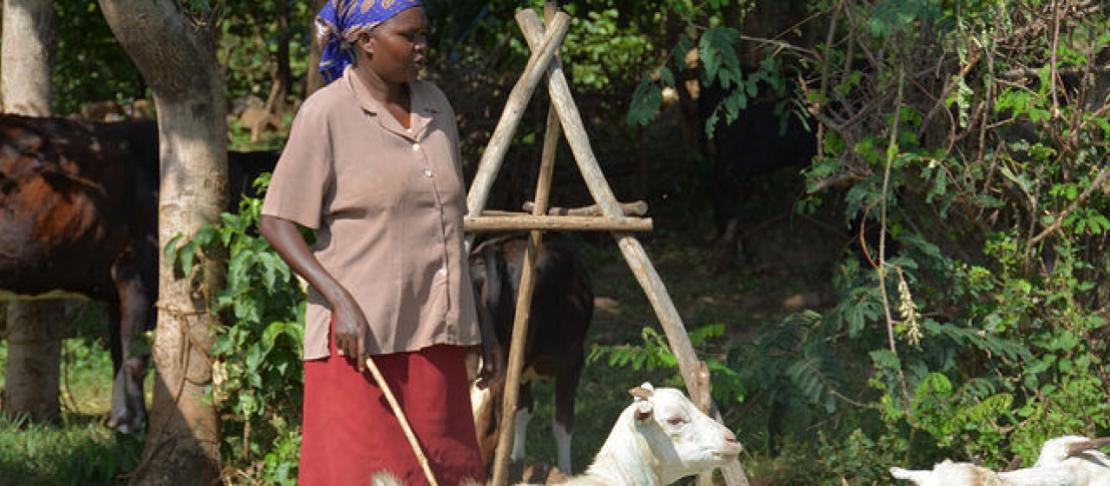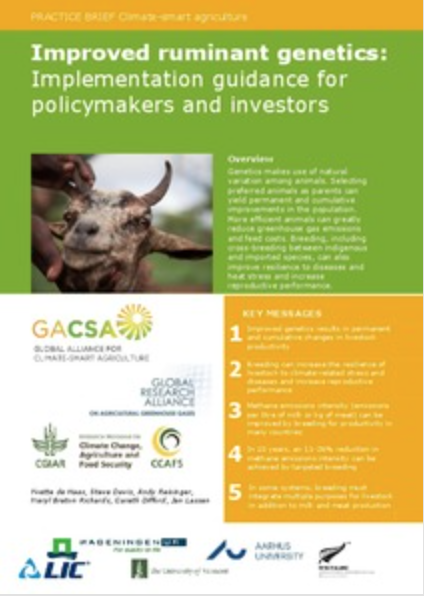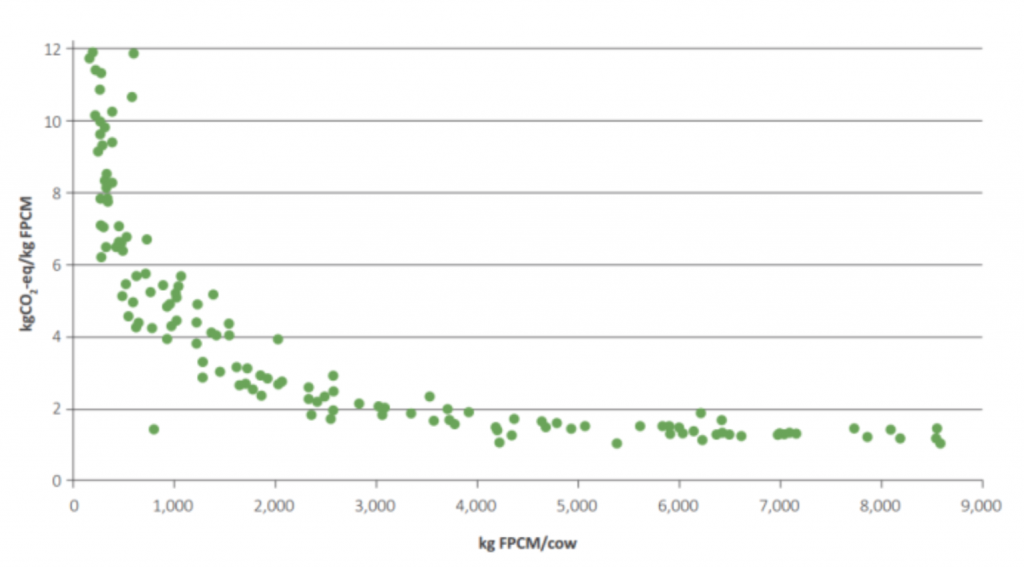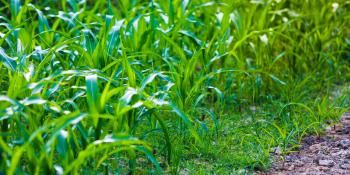Animal breeding benefits farmers, offers food secure opportunity for mitigating climate change

A climate-smart agriculture practice brief on improved ruminant genetics summarizes the state of the science and provides implementation guidance for policymakers and investors.
Improved ruminant genetics increase animals’ resilience to climate-related stresses, increases reproductive performance, and – in some countries – could achieve emission reductions of between 11-26% per unit of product, according to a new practice brief written by scientists from the Global Research Alliance’s Livestock Research Group and the CCAFS low emissions agriculture flagship. This brief is part of the CSA practice brief series of the Global Alliance for Climate Smart Agriculture (GACSA) Knowledge Action Group.
Written for policymakers and investors, the authors describe how animal breeding can increase livestock productivity and resilience to climate change, while also reducing greenhouse gas emissions intensity. The practice brief focuses on opportunities in developing countries, where the majority of the world’s ruminant populations can be found.
Benefits of improved livestock genetics
Farmers breed animals for increased production, disease resistance, successful reproduction, and resilience to climate stresses, most often heat and drought. Highly productive animals use a greater portion of their nutritional intake to produce desired goods such as milk or meat as opposed to simply maintaining their bodies. Increased longevity and reproductive success also means that feed calories are concentrated among most productive, and that a lower number of animals needs to be kept in a herd for replacements.
Animal breeding makes use of the natural variation among animals. It can yield permanent and cumulative improvements in the population because the selected traits are directly transferred from generation to generation.
Genetic recording schemes are already in place in many developed countries. The brief cites research from the United States, where improved dairy cow productivity and associated feed conversion efficiency has decreased methane produced per unit of product by 40%. This indicates the potential for very large reductions in emissions intensity in countries that currently have lower levels of productivity.
The brief identifies rapid pathways for globally improving the genetic performance of ruminants, and associated methane mitigation in tropical, developing countries. Options include genetic improvement programs within a breed, or crossbreeding to transfer traits of interest from one breed to another.
Figure 1 from the practice brief. Correlation between emissions intensity of all greenhouse gases and milk yield (fat and protein corrected milk, FPCM) per cow shows a large range. The least amount of emissions intensity, shown in the far right, is the goal. The figure demonstrates the vast potential for many countries to decrease emissions intensity.
Breeding in action: Galla goats in Kenya
A breeding program that is significantly increasing the productivity of local goat herds is underway in a semi-arid part of Kenya. East African goats are known for surviving heat, drought and disease well, but they are generally small and have low growth rates and milk production. The Galla goat (indigenous to northern Kenya, but not the target region) is fast maturing, has an adult weight nearly double that of the East African goat, produces both milk and meat well, and regains weight quickly after drought seasons.
By crossing these two breeds, farmers are now benefitting from herds with the resilience of the East African goat and the productivity of the Galla goat. More information on the CCAFS climate-smart breeding program in Kenya can be found here and here.
To be successful, breeding programs need to match the breeding goals of farmers, not of researchers," says Yvette de Haas, lead author of the practice brief and project leader at Animal Breeding and Genomics Centre of Wageningen University and Research in the Netherlands. "Farmers face many challenges as they need to feed the growing global population while also responding to climate change and other environmental pressures. Genetic improvement offers a permanent and cost-effective solution, especially when combined with enhancements to other parts of the livestock system such as feed or animal health."
In some regions in developing countries, livestock serve multiple purposes in addition to producing meat and milk – for example providing sources of draught power, manure, capital, insurance and social status. In these parts of the world, the value placed on targeted breeding for productivity and reduced emissions intensity may also depend on the extent to which improved productivity also serves wider social and environmental objectives. Breeding programs and incentives will need to work with those other functions where to engage farmers.
Next steps
The practice brief looks to the future of genetic improvements, including precision breeding or “introgression”. Introgression involves introducing genetic variants, such as the heat tolerant “slick” gene that produces cattle with shorter, slicker coats, into elite temperate species. Temperate species with slick coats would enable more effective adaptation to the tropics, while accelerating genetic improvements in productivity and fertility traits.
The practice brief also addresses breeding for animals that emit fewer greenhouse gas emissions, a technique that is likely to become commercially available in the next few years.
While the authors acknowledge challenges to adopting improved livestock genetics, for example identifying the long-term nature of breeding programs, the need for data and record-keeping systems, and the trade-offs in selecting among different traits, they also document how breeding strategies can be optimized to suit the needs of very different production systems and geographic regions.
Scientists found that in smallholder systems in tropical developing countries, very simple genetic selection or crossbreeding programs requiring relatively low financial input from farmers can successfully increasing animals’ productivity, longevity and reproduction, thus directly supporting food security, increasing resilience to climate change, and decreasing emissions intensity.
More information
- Livestock Research Group of the Global Research Alliance on Agricultural Greenhouse Gases (GRA)
- SAMPLES: a global research program that aims to improve agricultural emissions data around the world, includes measurement methods, emission factors, a selection of tools and recent publications.
- Low emissions agriculture research at CCAFS
- What is Climate-Smart Agriculture?
- Global Alliance for Climate Smart Agriculture (GACSA)
Further reading
- Series of climate-smart agriculture practice briefs
- Livestock development and climate change: The benefits of advanced greenhouse gas inventories





